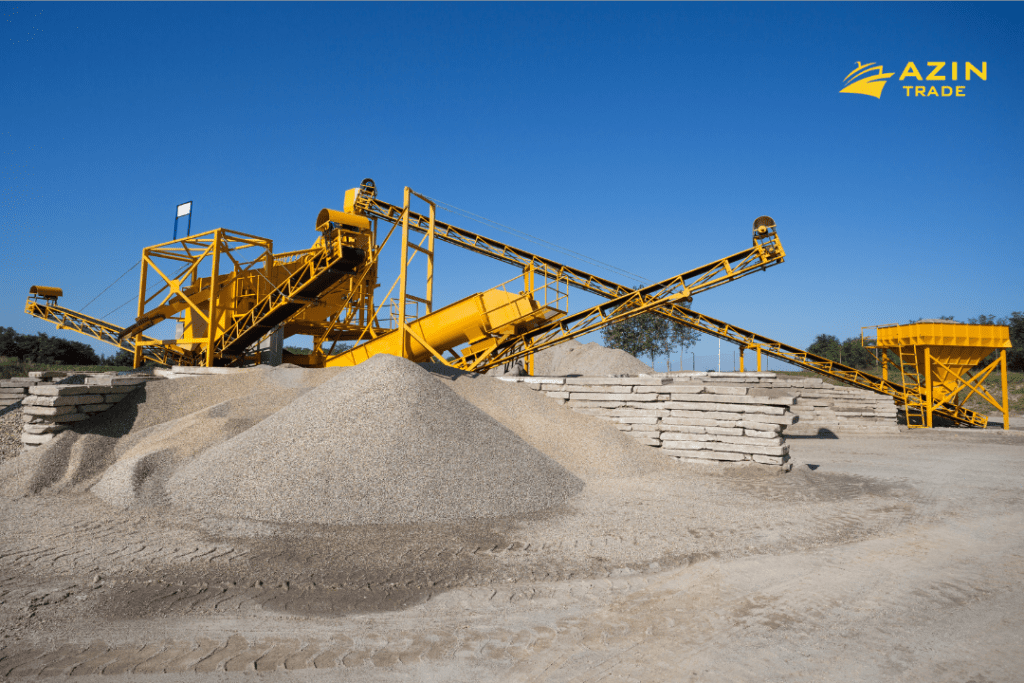
The Dynamics of Cement Imports in Kuwait
Introduction:
Cement is a vital component of the construction industry and plays a crucial role in infrastructure development. aLike many other nations, Kuwait relies on cement imports to meet its growing construction needs due to limited domestic production capacity. This essay explores the various aspects of cement imports in Kuwait, including the reasons for import dependency, challenges faced, and potential opportunities for the country’s construction sector.
Import Dependency and Reasons:
Kuwait’s construction sector has experienced rapid growth over the years, driven by urbanization, population expansion, and the need for modern infrastructure. However, the country faces limitations in terms of natural resources, including raw materials for cement production. As a result, Kuwait heavily relies on cement imports to meet its construction demands. The key reasons for import dependency include the lack of sufficient local cement production capacity, scarcity of suitable raw materials, and the high cost of establishing new cement plants.
Challenges Faced:
While cement imports have been essential to fuel Kuwait’s construction boom, they come with their own set of challenges. One of the primary challenges is the potential vulnerability to supply chain disruptions. Relying on imports exposes Kuwait to fluctuations in international markets, geopolitical tensions, and shipping disruptions, which can lead to delays in construction projects. Moreover, fluctuating global prices can impact construction costs, affecting the overall economics of projects in Kuwait. Additionally, environmental concerns related to transportation emissions and carbon footprint associated with long-distance imports are becoming increasingly relevant.
Opportunities for Growth:
The challenges posed by cement imports also present opportunities for Kuwait to enhance its construction sector’s resilience and sustainability. One such opportunity lies in investing in research and development for alternative construction materials that could be produced locally, reducing the reliance on cement imports. Moreover, embracing green construction practices and promoting the use of sustainable building materials could align with global environmental trends and help Kuwait mitigate its carbon footprint.
Another avenue for growth lies in fostering strategic partnerships with cement-producing countries and optimizing supply chain management. By diversifying sources and suppliers, Kuwait can reduce its vulnerability to supply disruptions and potentially negotiate favorable trade agreements. Furthermore, investment in infrastructure improvements at Kuwait’s ports and transportation networks could streamline the import process, reducing logistical challenges.



